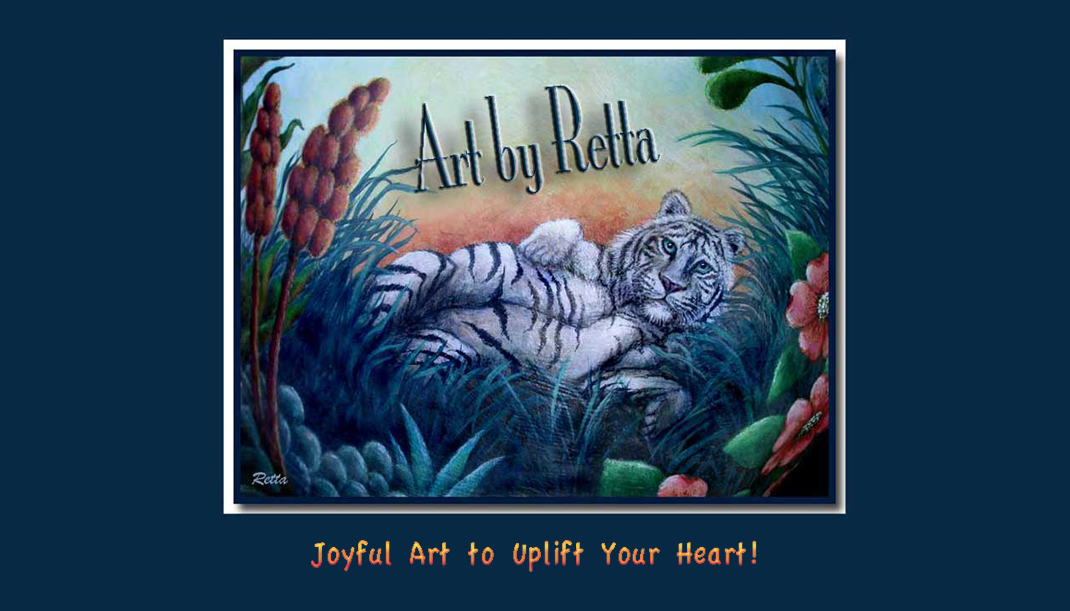Once in a while, you create an image your reeeaaallly like.
"Jaguar Sunset"
A few years ago I painted a 3 foot tall cat statue for a charity auction. It was titled Little Cat's Four Season Fantasy. Each side featured the different seasons of the year.
It was the second one I painted, the previous statue having sold at auction for $1100. So of COURSE they nicely asked me to paint another! I was happy to help, since it was for C.A.T.S., Committed Alliance to Strays.
But since I donated it to charity - and seeing as how I loved some of the images on it - I decided to photograph them for my own collection. This fantasy setting of the jaguar swimming in a cool pool at sunset was one of my favorites.
To put it into context, here is the completed
3 ft tall statue from different angles:
(can click on any images to enlarge)
(can click on any images to enlarge)
But how do I translate that into a product to offer collectors??
Here's what I did.
It all started with a nekkid statue:
Underpainting getting started:
Giving him some spots:
Continuing around the jaguar:
All done:
So how does he look when you put his image onto products? I found a site that does "POD" (print on demand) and I'm very happy with their quality. Here are some of the things they can do with my jaguar. I was so tickled when I saw these for the first time!
This is the main page for my "Jaguar Sunset"
And here is how he looks on a throw pillow.
The newest to join the product line is this cute Tote bag
I think the metal prints are cool!
They even have smart phone case covers.
Naturally there are also greeting cards, framed prints, canvas prints, and posters.
And there you have it. From blank white statue to all kinds of fun stuff to put your image on.
I hope you found this interesting. I sure had fun seeing my little jaguar on all these items. If you have any questions about Fine Art America (FAA), the folks who do my printing, just give a holler in the comments and I'd be glad to share my experiences.
Now, imagine something YOU created. If you have paintings, images of your creative endeavors, or photographs that you'd like to have printed, I can wholeheartedly recommend FAA. You have your original, yes. But by creating "multiples" of your efforts, you can offer your art to more people in many more forms, including gift giving.
If you try FineArtAmerica, I'd love to hear how it went for you. :-)
Thanks for reading,
Retta



















































